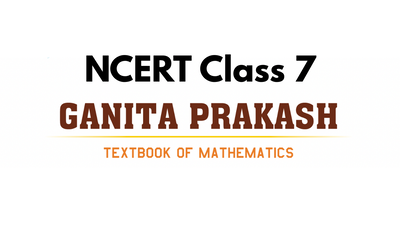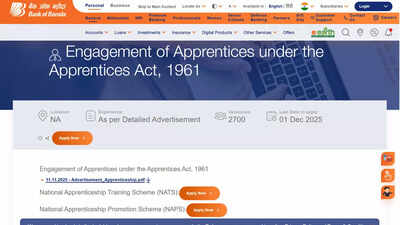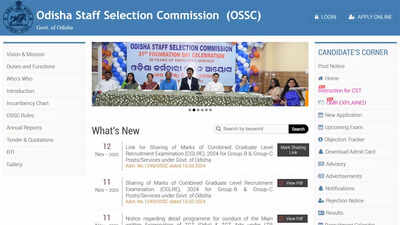How NCERT’s class 7 math textbook connects Indian history to algebra and geometry

Mathematics is often seen as a set of formulas and rules, but the Class 7 textbook Ganita Prakash Part 2 shows that it can be much more. The book links classroom lessons to India’s long history of mathematical thinking, helping students understand how concepts like algebra and geometry developed over time. It encourages students to explore patterns, solve problems creatively, and see math as a tool for understanding the world.
Math that makes sense
Aligned with the National Education Policy (NEP) 2020, the textbook focuses on more than memorising formulas. It uses puzzles, illustrations, and real-life examples to help students notice patterns, ask questions, and explore ideas. For teachers and parents, it offers guidance on how students can engage with math in a hands-on and interactive way.
Algebra and its Indian roots
One notable aspect of the textbook is how it traces algebra back to India. It highlights mathematicians like Brahmagupta (7th century CE) and Bhaskaracharya (12th century CE). Brahmagupta’s Brahmasphutasiddhanta explained how to multiply and divide positive and negative numbers, an early step in the development of algebra.The textbook also introduces ‘bijaganita’, the form of algebra practiced in ancient India, showing how equations with unknowns were solved using symbols, similar to classroom methods today. Students can see examples of these symbols and try sample problems themselves.It also shows how Indian mathematical ideas influenced Al-Khwarizmi, a 9th-century Arab mathematician. His book, Hisab al-jabr wal-muqabala, later spread to Europe. Historian Dhruv Raina, speaking to The Indian Express, notes that Arab mathematicians built on knowledge from India, Greece, and China to develop what is now recognized as algebra.
Geometry in daily life and rituals
The textbook also explores geometry in ancient India. The chapter on ‘Constructions and Tilings’ introduces the Sulba-Sutras, texts describing how to construct precise shapes for ritual altars. For instance, it explains how perpendicular bisectors were drawn using ropes. These examples show that math had practical applications in daily life and cultural practices, not just theoretical value.
Why learning the history of math matters
Including these historical examples serves several important purposes. First, it helps students learn a more accurate history of mathematics, moving beyond the Eurocentric perspective that has dominated for centuries. Second, it makes learning more interdisciplinary by connecting mathematical concepts to history, culture, and science, giving students a richer context for what they are studying. Finally, it encourages curiosity and deeper understanding, showing that mathematics is not just a set of rules or formulas but a product of human inquiry and creativity that has evolved over time.This approach helps students see math as more than numbers. It becomes a story connecting the past and the present, encouraging curiosity, problem-solving, and critical thinking. By linking historical ideas with modern concepts, the textbook highlights how mathematics is a field shaped by centuries of discovery and innovation.





